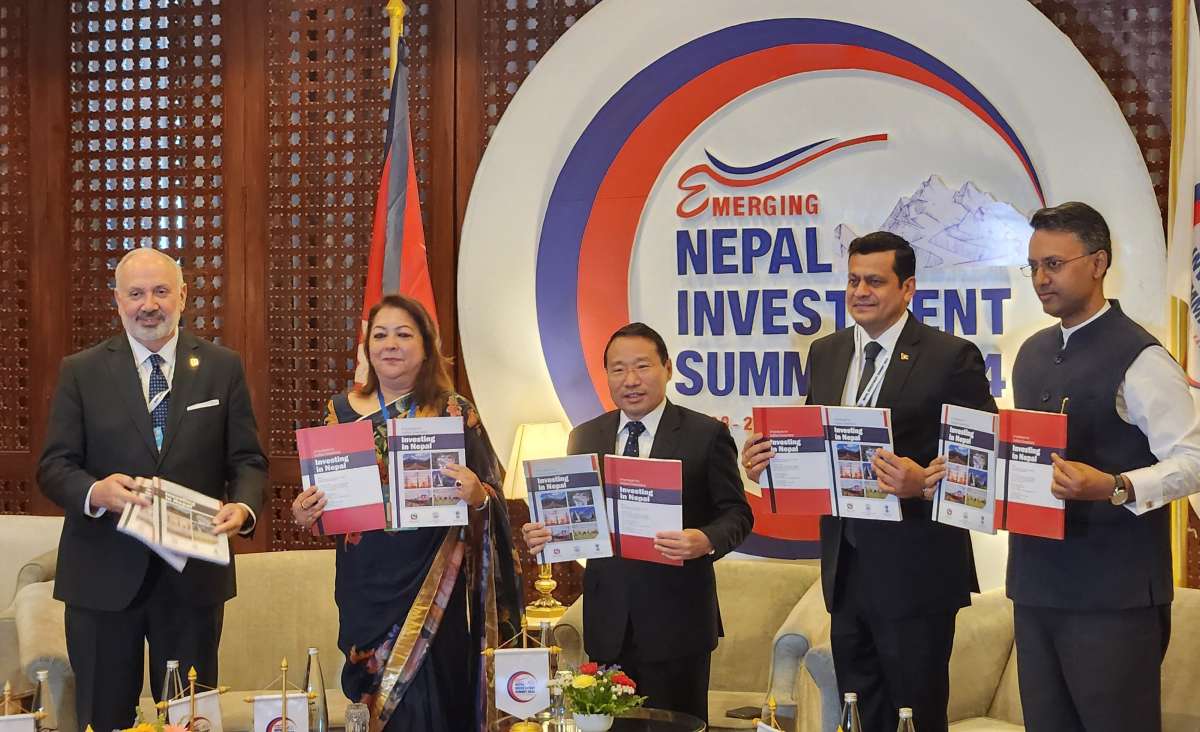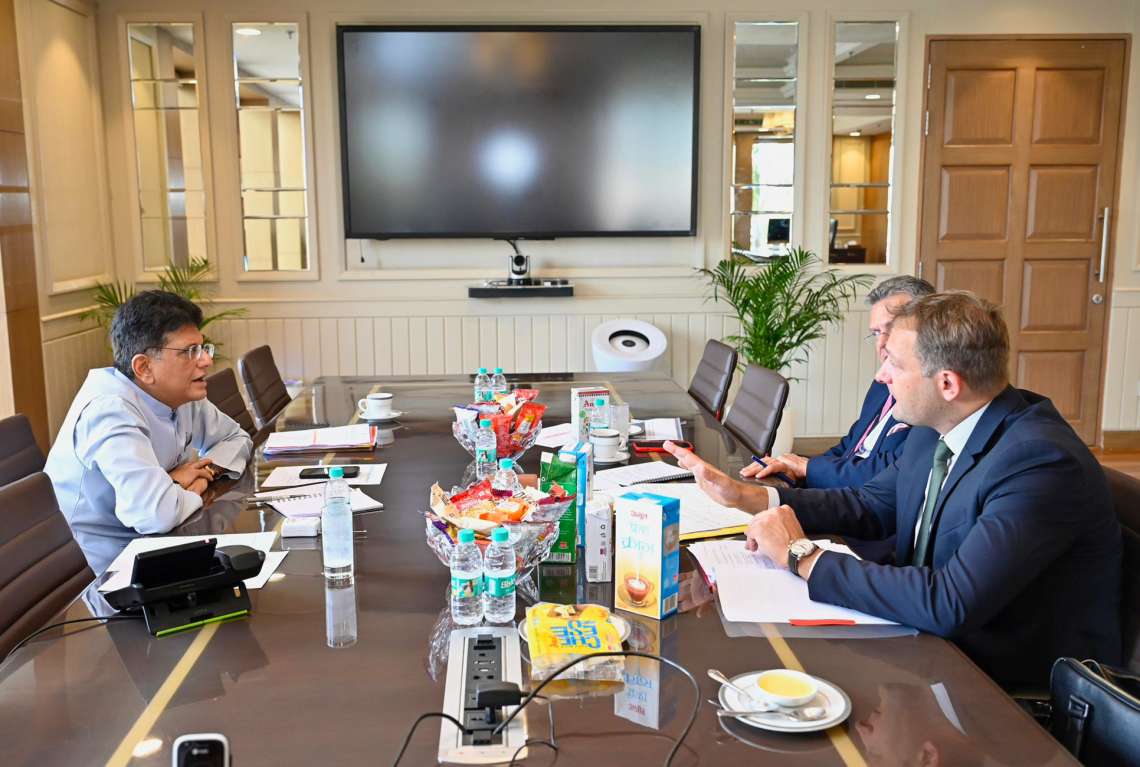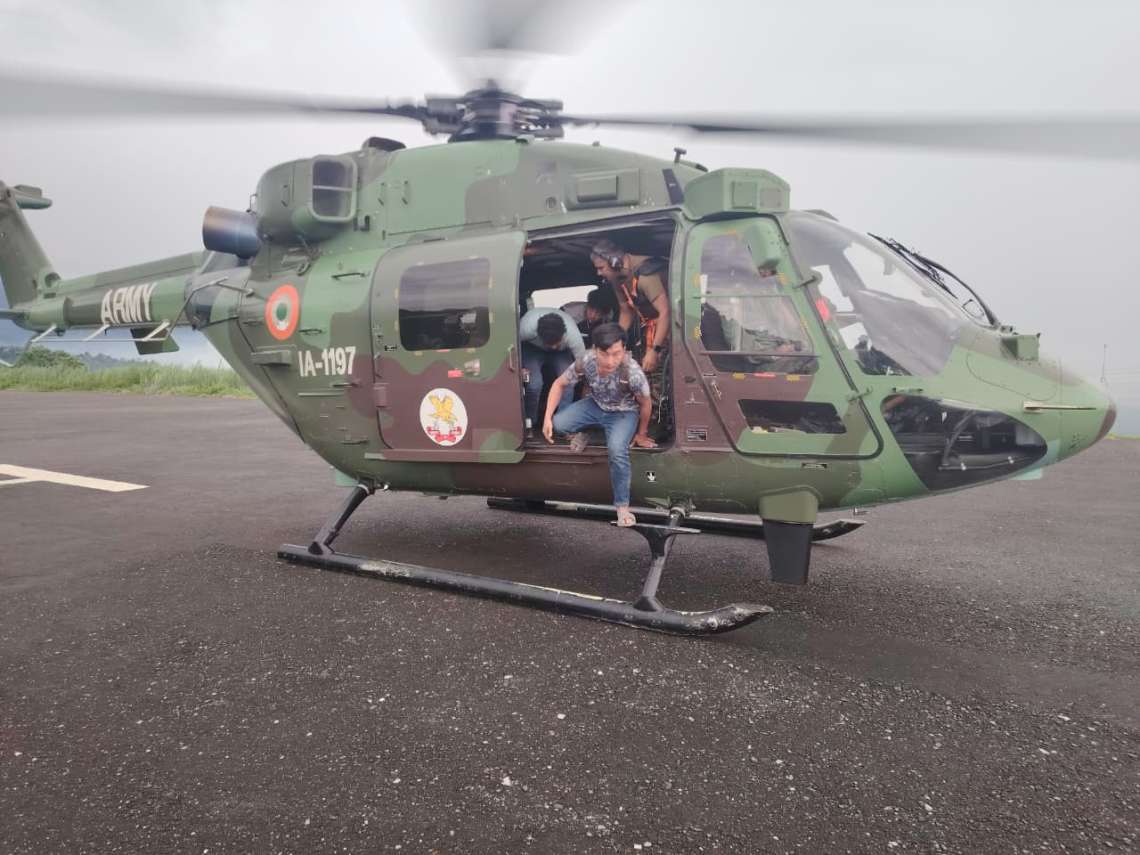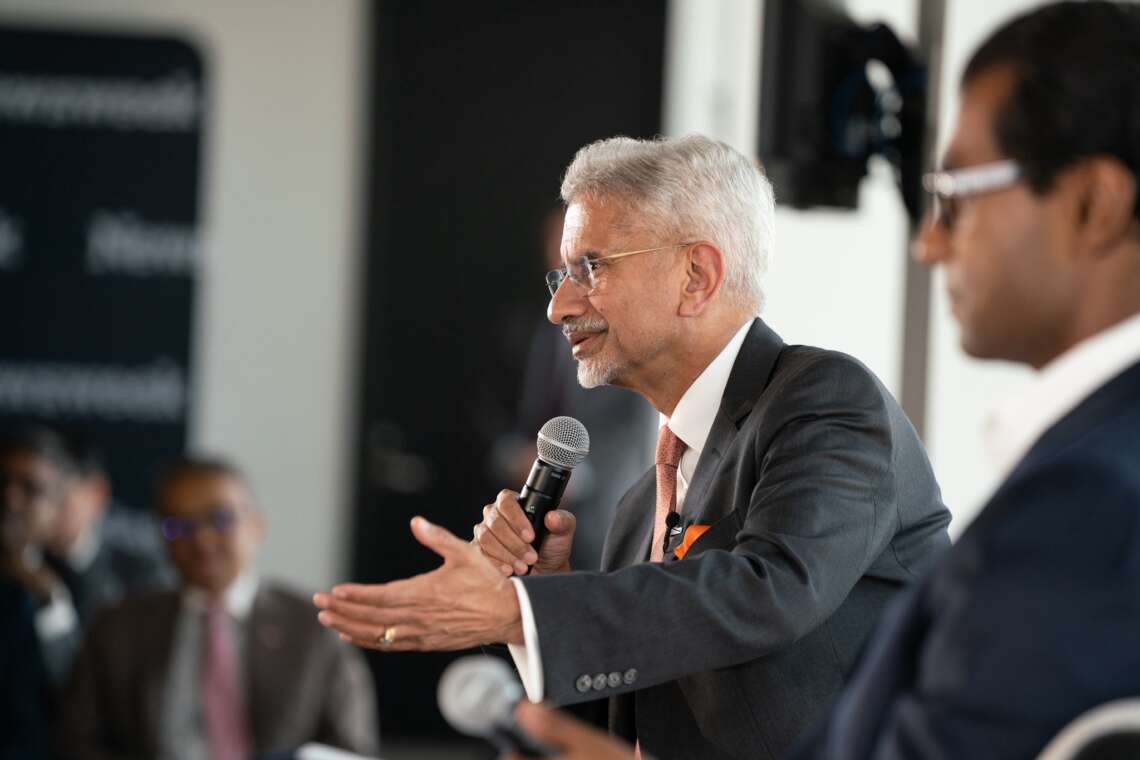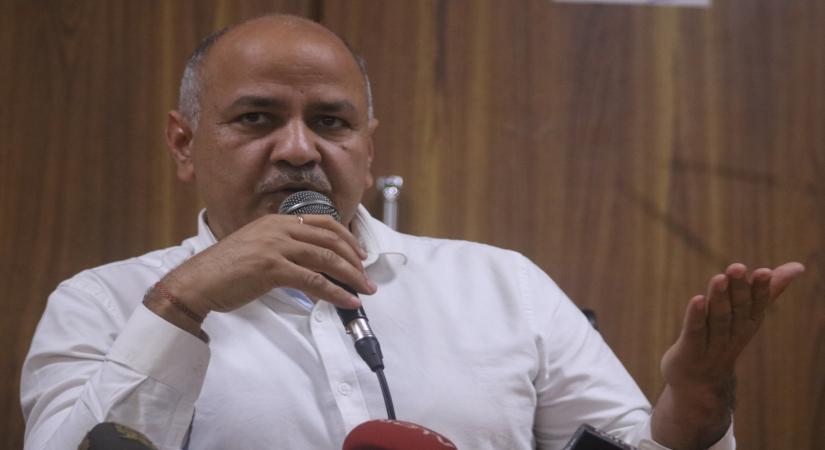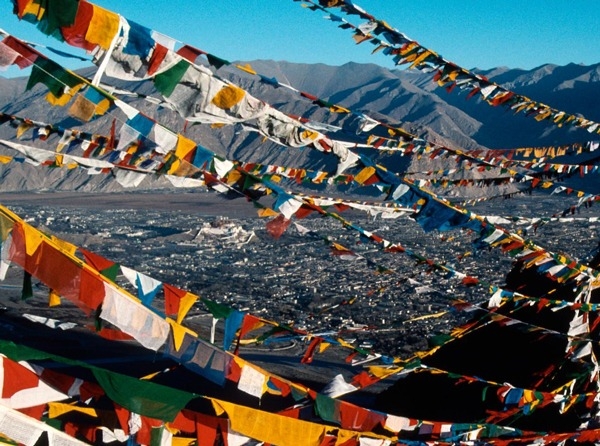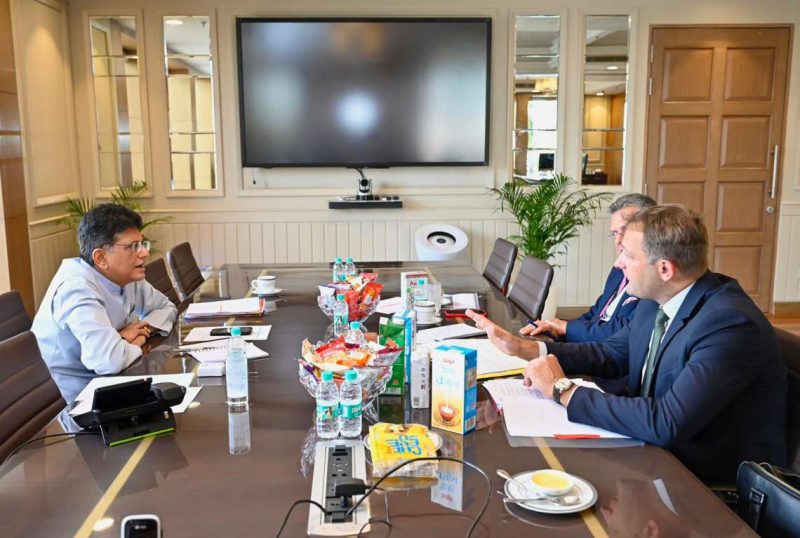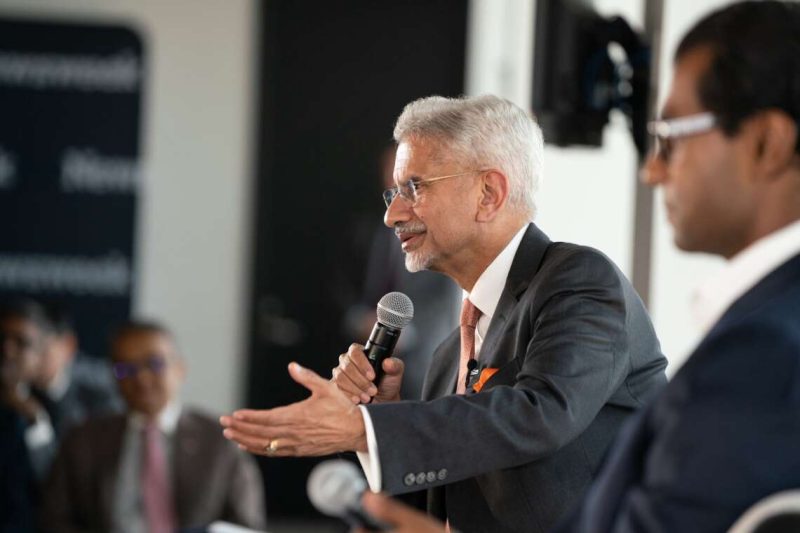After five years, Kathmandu hosted the third edition of Nepal Investment Summit 2024 on April 28 and 29 that drew business proposals worth US$ 69 million. India was one of the leading participants at the meet, writes Keshav Pradhan
Nepal’s renewed bid to draw higher foreign capital for its economic growth is set to open new avenues for investment by Indian entrepreneurs in the coming days. Currently, India shares more than 33% of Nepal’s total foreign direct investment (FDI) worth Nepali Rs 8.9 billion (US$ 67 million).
On April 28 and 29, Kathmandu held the third edition of Nepal Investment Summit 2024 that attracted business proposals amounting to Nepali Rs 9.13 billion (US$ 69 million). Participants from more than 50 countries, including India, China, Japan, the US, the UK, Germany, and the UAE, were present at the meet.
The first two summits were held in 2017, when, like this time, Maoist leader Pushpakamal Dahal was Nepal’s Prime Minister, and 2019 that coincided with the premiership of Khadga Prasad Sharma Oli. The latter, who hails from the Communist Party of Nepal (Unified Marxist Leninist), is known for his hard line stand vis-à-vis India. Interestingly, his party recently replaced the Nepali Congress, seen close to India, as a major partner in Dahal’s coalition government.
In the first two summits, Kathmandu managed to draw business proposals to the tune of US$ 13.5 billion and US$ 13.5 billion respectively. Reports say only one-third of these offers were implemented.

People’s War to Progress War
In the spring of 1996, Nepal’s Maoists launched an armed Jan-Yuddha (People’s War) to liberate their country from monarchical rule and existing poverty and backwardness. As a result, the erstwhile Hindu kingdom saw large-scale destruction of life and property until it turned into a republic a decade later. One big casualty of the turmoil was the fall of India’s share in Nepal’s total FDI to a meagre 19%.
Interestingly, it was Dahal, the spearhead of Jan-Yuddha, who started the practice of hosting periodic investment summits. At the time of the first investment meet, he was serving as Prime Minister for the second time. His government then portrayed the post-People’s War period as a “favourable environment” that emerged from the promulgation of a new constitution, new investment-friendly laws, political stability and top-level political commitment of support to foreign investors. It called for investments in sectors that form the backbone of Nepal’s economy. Despite all this, political stability has not stopped eluding Nepal, which saw its GDP plummet to 1.9 % in the financial year 2023.
Dream for Vertical Rise
Nepali leaders are of the view that an economic turnaround at this moment can help their country progress from a least developed country (LDC) to a middle-income nation in the next five years. Kathmandu requires investments worth about US$ 20 billion to meet the sustainable development goal (SDG) set by the UN by 2030.
As part of Nepal’s FDI campaign, President Ramchandra Poudel announced a series of pro-investment ordinances at the beginning of the third summit. To win the confidence of investors, top ruling and opposition politicians, including former Prime Minister Sher Bahadur Deuba (Nepali Congress), extended full support to the summit.
Dahal, who is more popularly known by his nom de guerre Prachanda, assured the delegates of full protection under a liberal economic policy. He highlighted incentives such as provisions for avoidance of double taxation and protection of intellectual property rights and the availability of a skilled workforce and low labour costs in Nepal.

Nepal, which has immense potential in water resources, tourism and agriculture, hopes that FDIs will help it in promoting infrastructure and industrial development, employment opportunities, exports and skill and knowledge transfer. With the world’s two most populous countries on its flanks, it sees itself as an ideal hub for manufacturing units. In recognition of Nepal’s geo-strategic and economic importance, China sent more than 200 delegates to the recent Kathmandu summit.
India: Nepal’s Trusted Comrade
As Nepal’s most natural, oldest and biggest partner, India has reiterated its full support to Nepal’s economic dreams. “India shares Nepal’s vision for a prosperous future,” Indian commerce and industry minister Piyush Goyal said in his video message to the summit, whose theme was “Emerging Nepal”. He described India as “a trusted partner in Nepal’s development journey” and called upon Indian entrepreneurs across the world to invest in the landlocked country.
For decades India and Nepal have engaged in numerous bilateral collaborations for mutual benefits. Besides, they are also part of regional multilateral initiatives launched by the South Asian Regional Association for Cooperation (Saarc), the Bangladesh-Bhutan-India-Nepal (BBIN) Initiative, the Bay of Bengal Initiative for Multi-Sectoral Technological and Economic Cooperation (Bimstec) and the South Asian Sub-regional Economic Cooperation (Sasec).

Indian investors play a key role in sectors such as banking, insurance, telecom, dry ports, education, tourism and manufacturing. Five years ago, the volume of trade between the two neighbours was Indian Rs 57,878 crore, of which India’s share was Re 54,300 crore and Nepal’s Rs 3,558 crore. India accounts for about two-thirds of Nepal’s merchandise trade. This is owing to the nearly 1,800-km open border that runs along five Indian states, and free movement of Nepalis and Indians between their two countries allowed by the 1950 India-Nepal Treaty of Peace and Friendship.
To help Kathmandu narrow down its trade deficit with India, New Delhi is ready to buy 10,000 MW of power from Nepal over a period of 10 years. An agreement in this regard was concluded during Indian foreign minister S. Jaishankar’s visit to Nepal earlier this year. At present, India buys 50 MW of electricity from Nepal.
In anticipation of a possible surge in demand for electricity, India and Nepal will embark on mutually beneficial joint ventures in the hydropower sector. Bangladesh is another country interested in buying electricity from Nepal, which can be possible only if India allows its territory for power transmission. Nepal, which has the potential of generating over 42,000 MW, currently produces just about 3,000 MW.
Likewise, India, which is seen as a potential market for goods produced by India-Nepal joint ventures, can be a transit point for export of such commodities to other South Asian countries.
Wheel of Hope
At the moment, trains and vehicles run between India and Nepal. Numerous rivers that flow between them can be waterways in the future. What the two nations, ordained by nature to live together, need is a political will to work for the good of their citizens.
(The author is an ex-editor of The Times of India, who writes on diplomatic/SAARC affairs, Nepal, Bhutan, and China-Tibet issues; views expressed here are his own) – India News Network
ALSO READ: PhonePe Lights Up Nepal with UPI Wonders
ALSO READ: India Leads FDI Surge in Nepal


